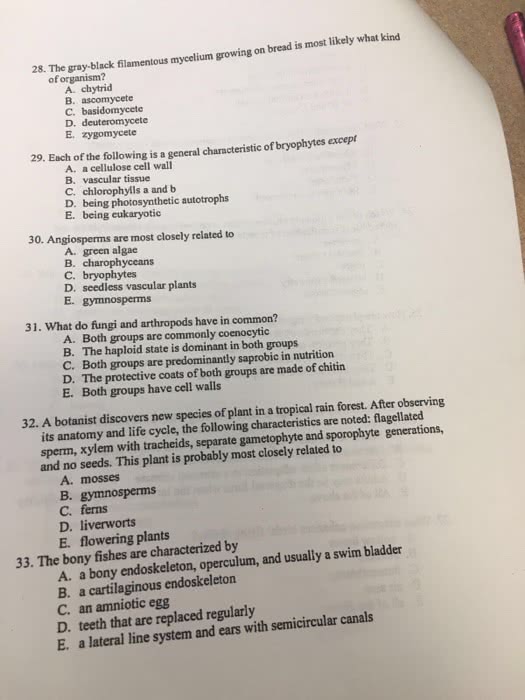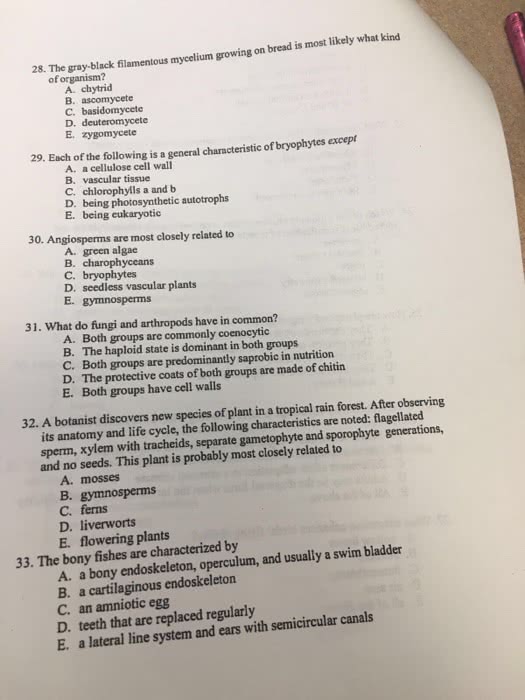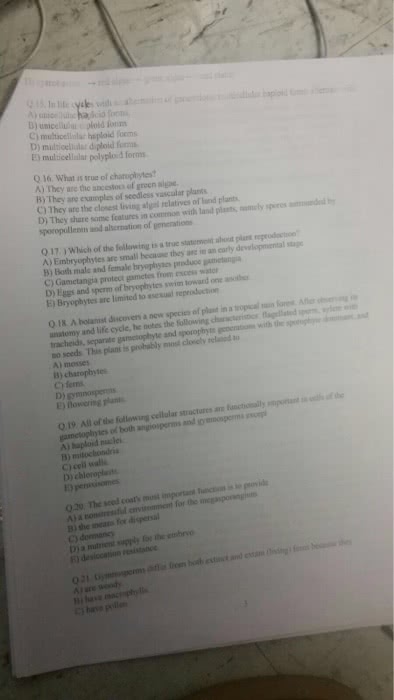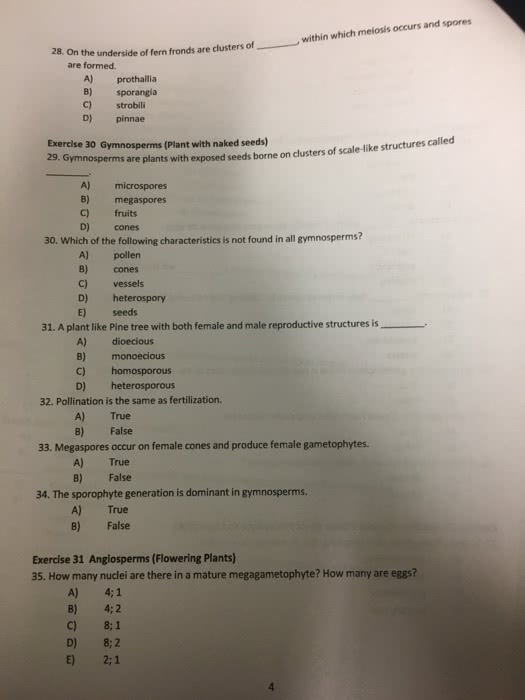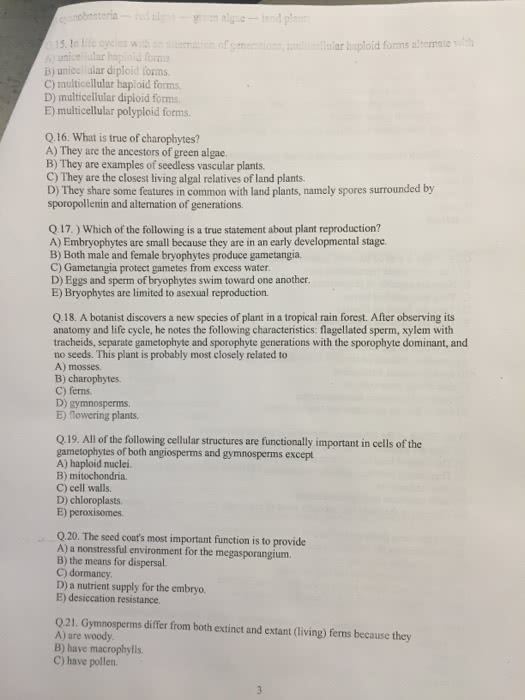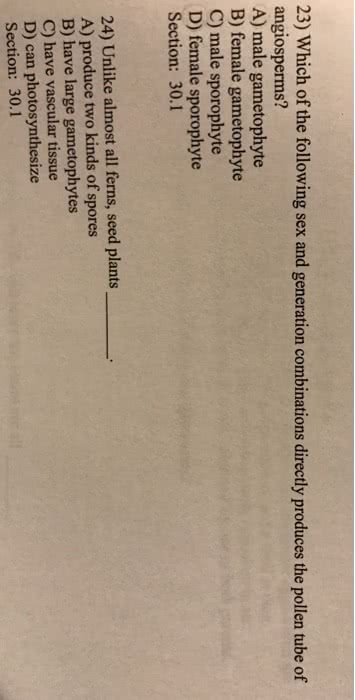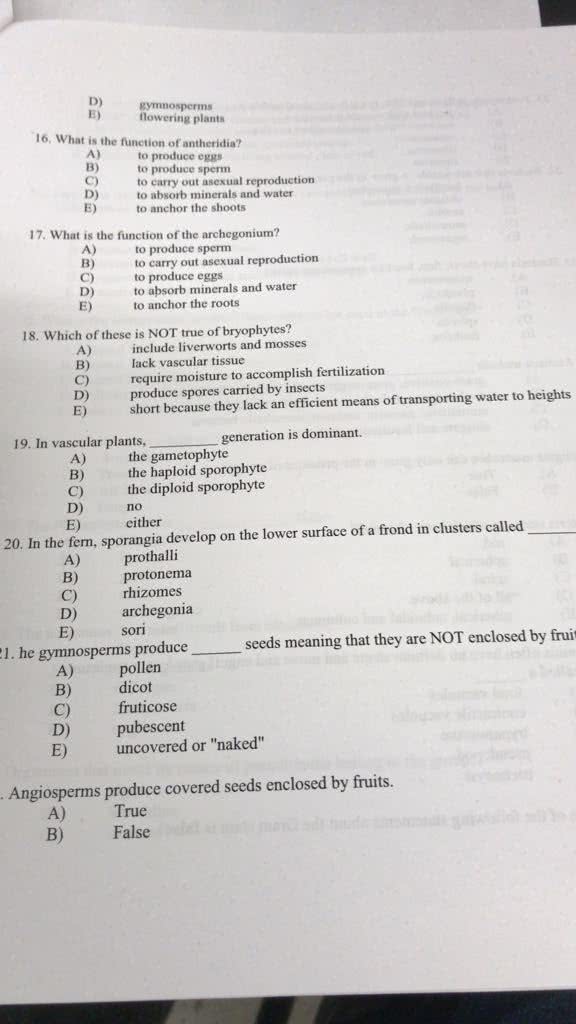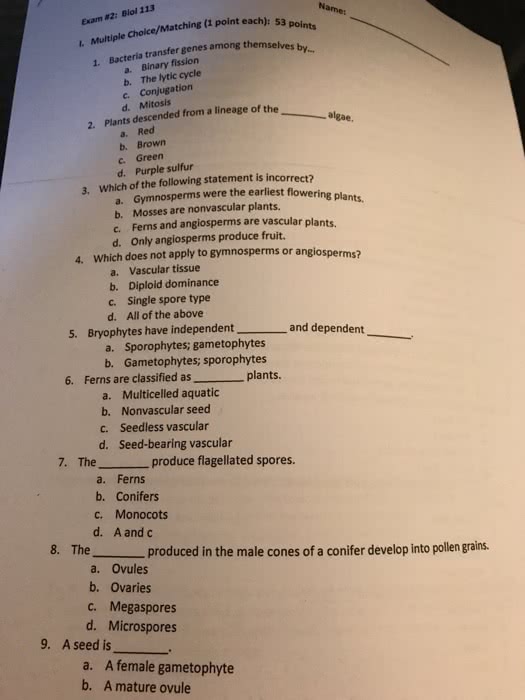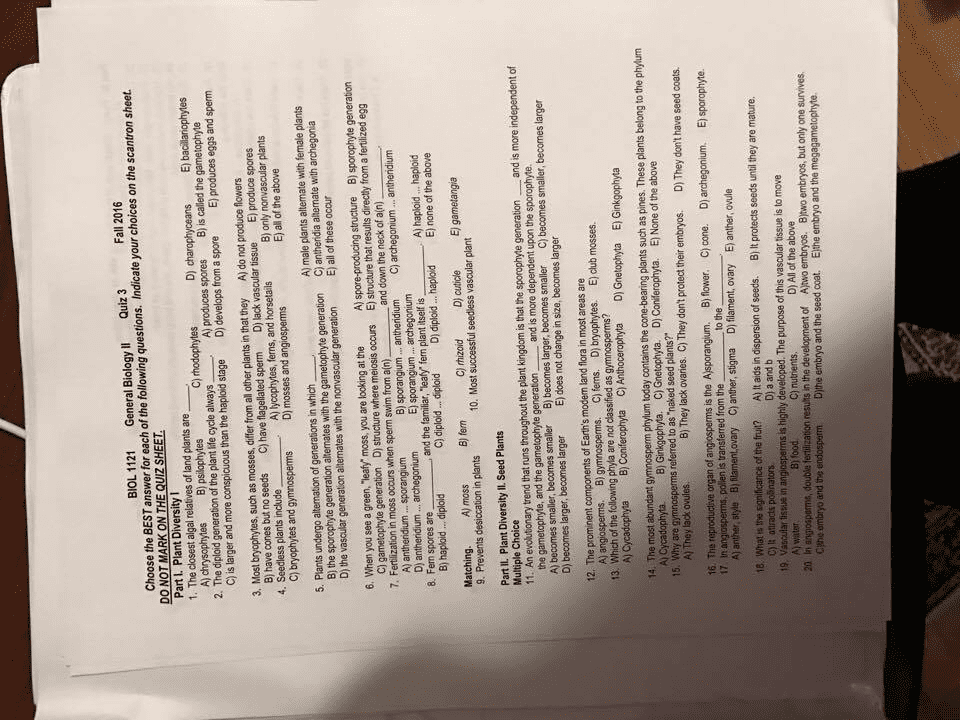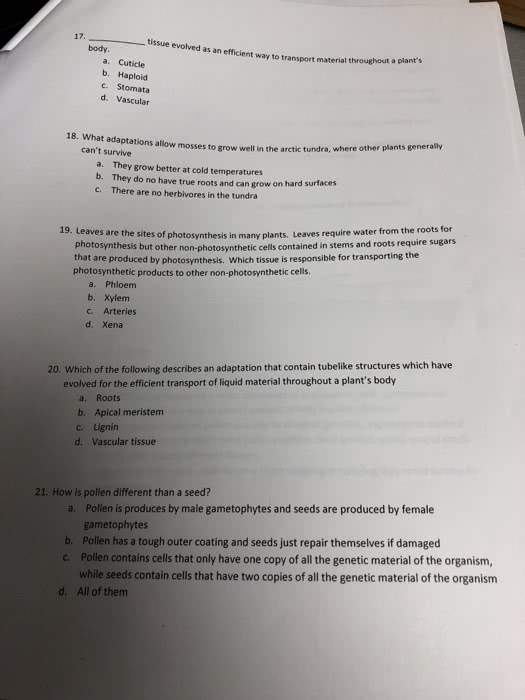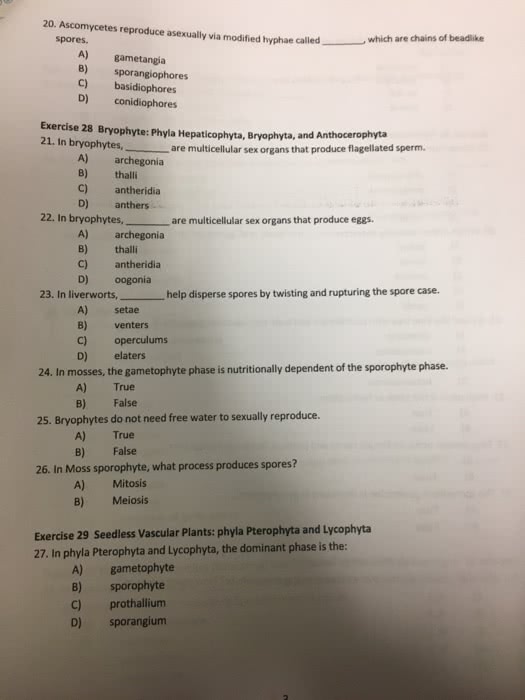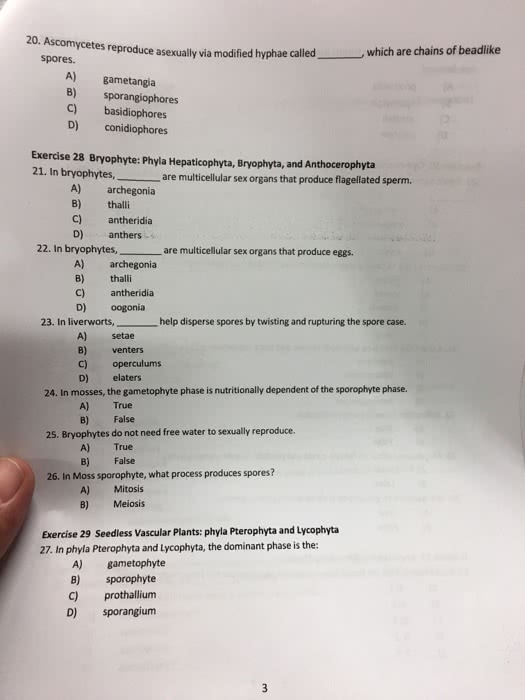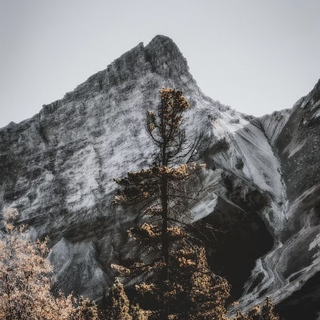
samvic
samuelvictor5826
32 Followers
1 Following
4 Helped
samvicLv10
30 Jul 2023
Answer: B
samvicLv10
30 Jul 2023
Answer: A
samvicLv10
30 Jul 2023
Answer: A
samvicLv10
30 Jul 2023
Answer: Iii
samvicLv10
30 Jul 2023
Answer: B
samvicLv10
30 Jul 2023
Answer: B
samvicLv10
30 Jul 2023
Answer: A
samvicLv10
30 Jul 2023
Answer: A
samvicLv10
30 Jul 2023
Answer: 2
samvicLv10
30 Jul 2023
Answer: B
samvicLv10
30 Jul 2023
Answer: B
samvicLv10
30 Jul 2023
Answer: 2
samvicLv10
30 Jul 2023
Answer: B
samvicLv10
30 Jul 2023
Answer: C
samvicLv10
30 Jul 2023
Answer: C
samvicLv10
30 Jul 2023
Answer: C
samvicLv10
30 Jul 2023
Answer: 3
samvicLv10
30 Jul 2023
Answer: B
samvicLv10
30 Jul 2023
Answer: B
samvicLv10
30 Jul 2023
Answer: C
samvicLv10
30 Jul 2023
Answer: A
samvicLv10
30 Jul 2023
Answer: C
samvicLv10
30 Jul 2023
Answer: B
samvicLv10
30 Jul 2023
Answer: D
samvicLv10
30 Jul 2023
Answer: B
samvicLv10
30 Jul 2023
Answer: A
samvicLv10
30 Jul 2023
Answer: D
samvicLv10
30 Jul 2023
Answer: C
samvicLv10
30 Jul 2023
Answer: B
samvicLv10
30 Jul 2023
Answer: B
samvicLv10
30 Jul 2023
Answer: C
samvicLv10
30 Jul 2023
Answer: D
samvicLv10
30 Jul 2023
Answer: D
samvicLv10
30 Jul 2023
Answer: C
samvicLv10
30 Jul 2023
Answer: 1
samvicLv10
30 Jul 2023
Answer: B
samvicLv10
30 Jul 2023
Answer: C
samvicLv10
30 Jul 2023
Answer: B
samvicLv10
30 Jul 2023
Answer: B
samvicLv10
30 Jul 2023
Answer: C


